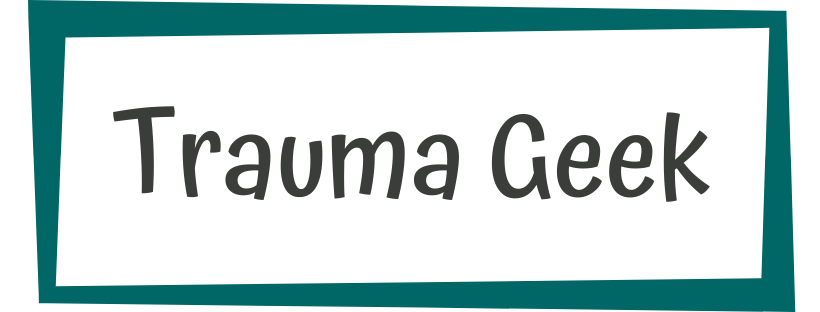Sometimes when I talk about PDA, everyone who has ever experienced demand avoidance starts to assume they are PDA. I wrote this description of the differences between demand avoidance and PDA to help people understand that experiencing demand avoidance does not necessarily mean a person is PDA.
Demand Avoidance is not being able to do things for yourself or others at certain times. Demand avoidance is a protective response to triggering or aversive demands.
Demand avoidance is:
Caused by boredom, fear, overwhelm, pain, discomfort, trauma triggers, sensory aversion, social anxiety, learning difficulties, physical challenges, and more
Likely to show up at key transitional points or developmental stages
Sometimes a chronic pattern because of depression, anxiety, Complex PTSD, attachment trauma, neurodivergent trauma, systemic trauma, or actively unsafe or overwheming situations
Usually obviously explained by the aversive nature of the demand(s)
Experienced by all people to some extent
Sometimes extreme, disabling, or what some might consider pathological
EVERYONE experiences demand avoidance, not just PDAers.
Demand avoidance has been identified as part of the range of 'typical' development, especially for toddlers and teens, and has increased in frequency for many people in recent years because of the disruptions of the pandemic and other socioeconomic realities.
Demand avoidance can be honored as a protective strategy while also investigating why the demand is being avoided, whether the demand is truly necessary, and what supports or resources might make the demand tolerable.
"PDA" stands for Pathological Demand Avoidance or Pervasive Drive for Autonomy. PDA is a unique type of brain wiring like autism, not just a behavior.
Traits of PDA include:
Has Autistic and/or ADHD traits
Experiences an intense need to feel autonomous and in control of their body
Subconsciously perceives any threat to the sense of body autonomy as a 'demand'
Experiences fight, flight, freeze, or fawn responses to external and internal 'demands'
May use social strategies, role-play, or pretend to mask stress responses or to explain why the avoidance is happening
Other people are often the focus of their Autistic special interest or ADHD hyperfocus
Presence of traits for the entire lifetime
One of the most notable features of PDA is that PDAers experience resistance to internal demands (things we want to do) when our conscious mind conflicts with what our subconscious body needs in order to feel autonomous.
PDA does not need to be treated, fixed, or cured. We need awareness, education, support, and accommodations just like any other non-normative neurotype. A key support is to reduce the perception of demands and provide a sense of control and autonomy.
PDA is not a symptom, not a behavior, not a temporary experience, and not a mental illness. PDA is the way my bodymind is wired, it's how my nervous system operates, it's how my neuroception functions. It's been a part of me my whole life, and while it's frequently extremely frustrating to have to sort out what my body truly needs to feel autonomous, I wouldn't change it for anything because that would fundamentally change who I am.
Primary Source: lived experience and the Neurodiversity Paradigm
Secondary Source: PDASociety.org "Identifying and Assessing PDA"


